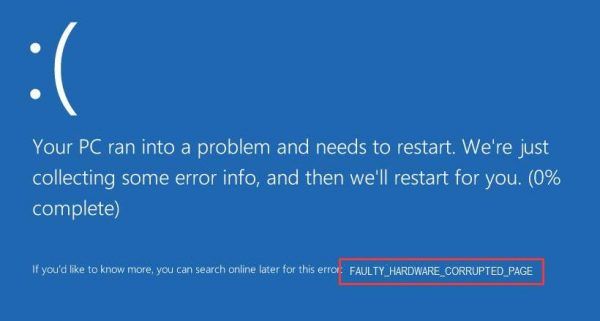
If you’re seeing the blue screen of death error FAULTY_HARDWARE_CORRUPTED_PAGE on your screen, you’re not alone. Many Windows 10 users are reporting this problem as well. No worries, it’s possible to fix.
Here are some fixes for you to try. You may not have to try them all; just work your way down until you find the one that works for you.
- Disable fast startup
- Run RAM Check and SFC
- Update Intel Management Engine Interface (IMEI)
- Update all drivers (especially the display driver)
- Reset or reinstall Windows
1: Disable fast startup
The fast startup feature has long been reported to be the culprit. You can disable it to see if this problem is resolved:
1) On your keyboard, press the Windows logo key, then type control panel. Click the Control Panel from the list of results.
2) View by Large icons, click Power Options.
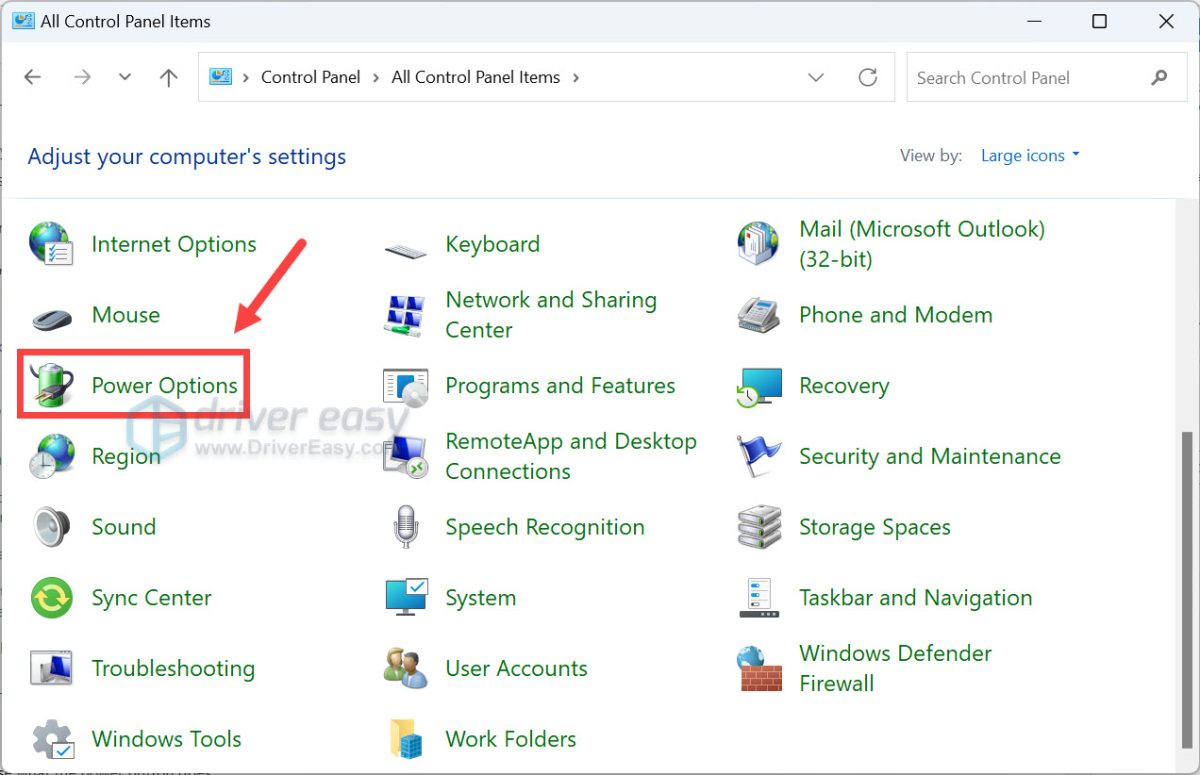
3) Click Choose what the power button does.
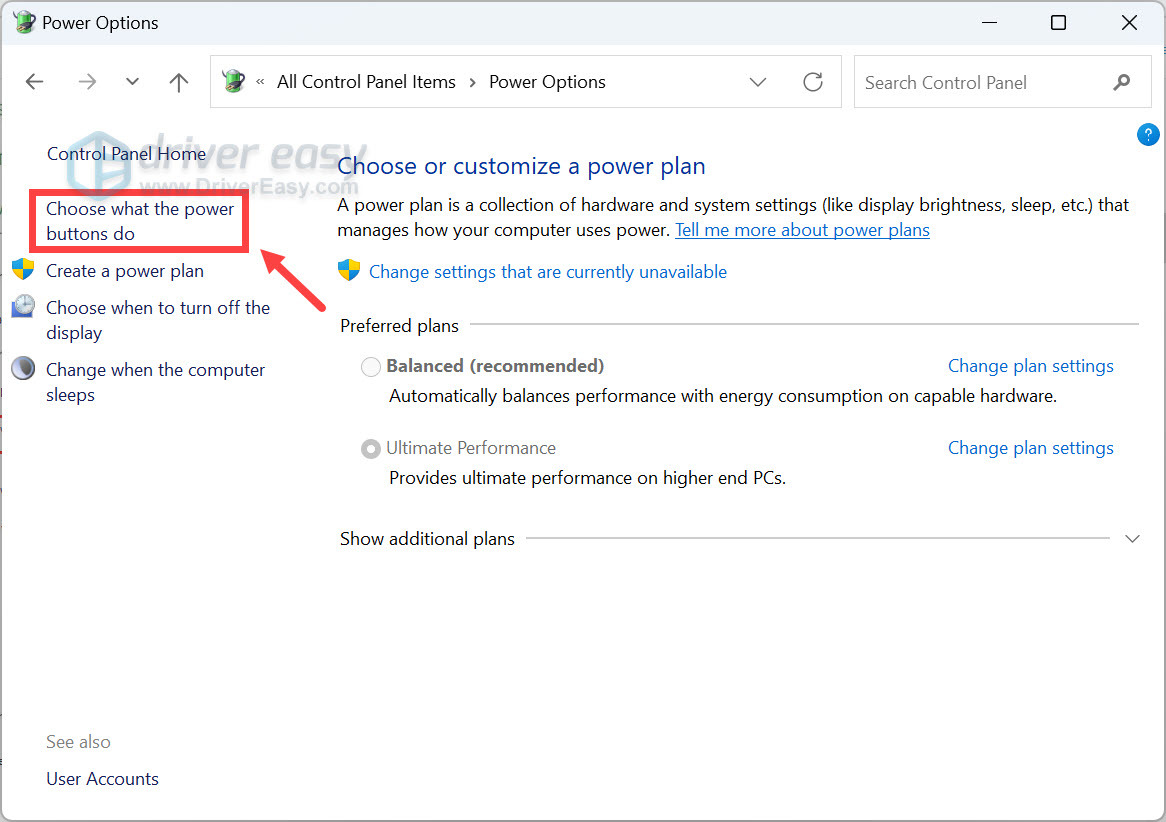
4) Click Change settings that are currently unavailable.

5) Uncheck the option Turn on fast startup (recommended). Click Save changes to save and exit.
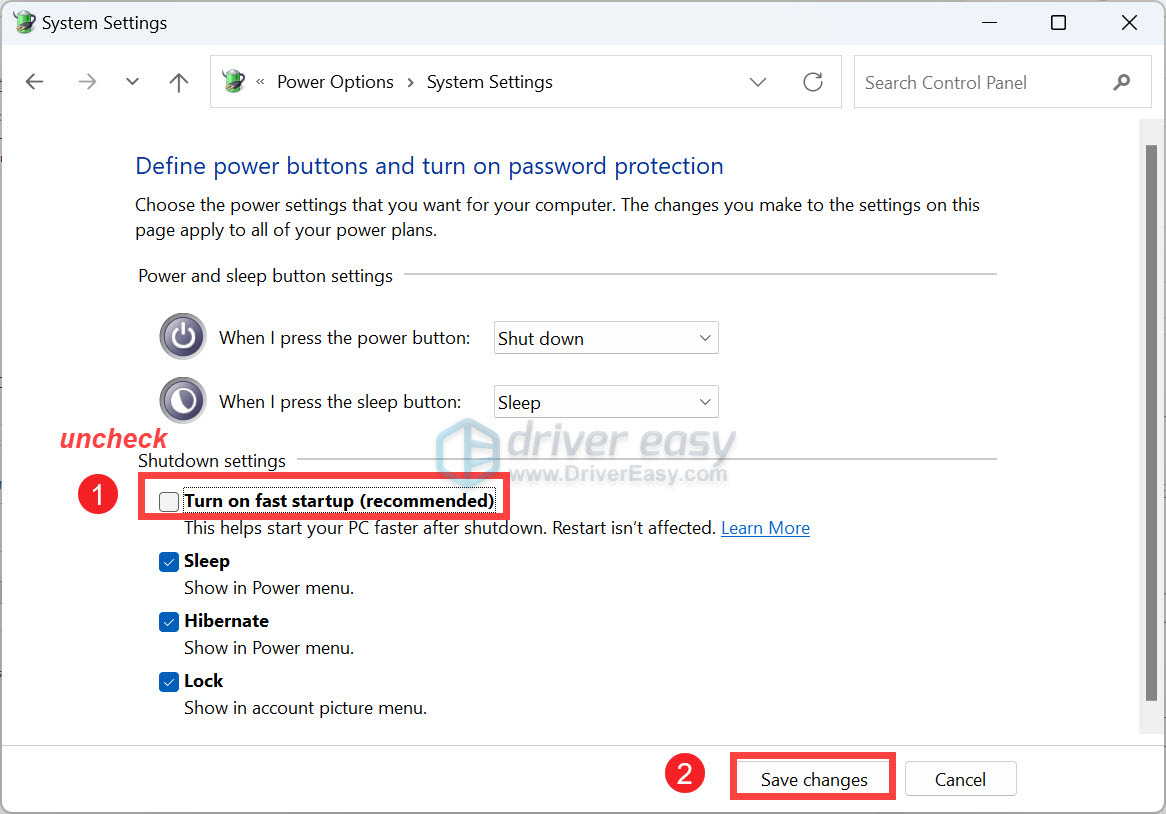
2: Run RAM Check and SFC
There is a big possibility that this blue screen error is related to errors in your hardware memory or corrupted system files. You can run a RAM check and the SFC to see if the problem is resolved:
1) On your keyboard, press the Windows logo key and R at the same time, then type mdsched.exe.
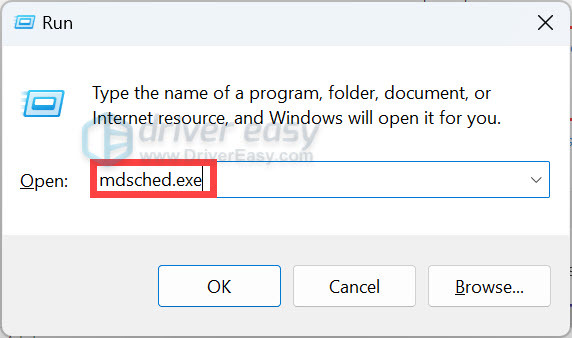
2) Click Restart now and check for problems (recommended). Your PC will restart immediately.

3) Wait for the scans to finish (it can take up to 15-20 minutes).
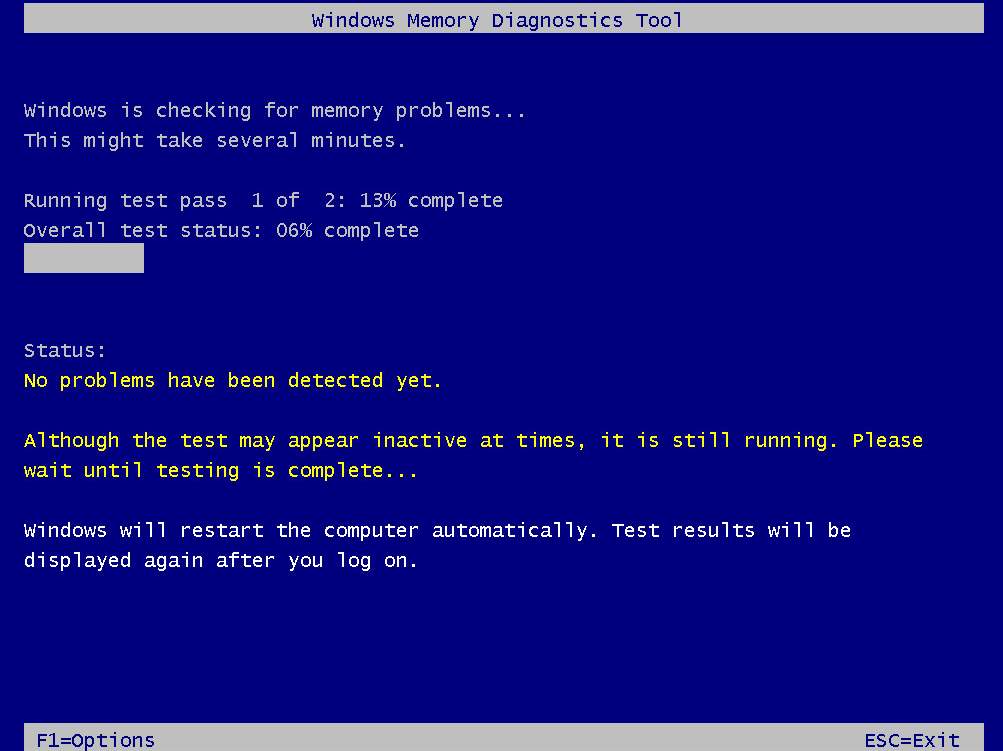
4) On your keyboard, press the Windows logo key, type Command Prompt, right-click the Command Prompt from the list of results, and select Run as administrator.
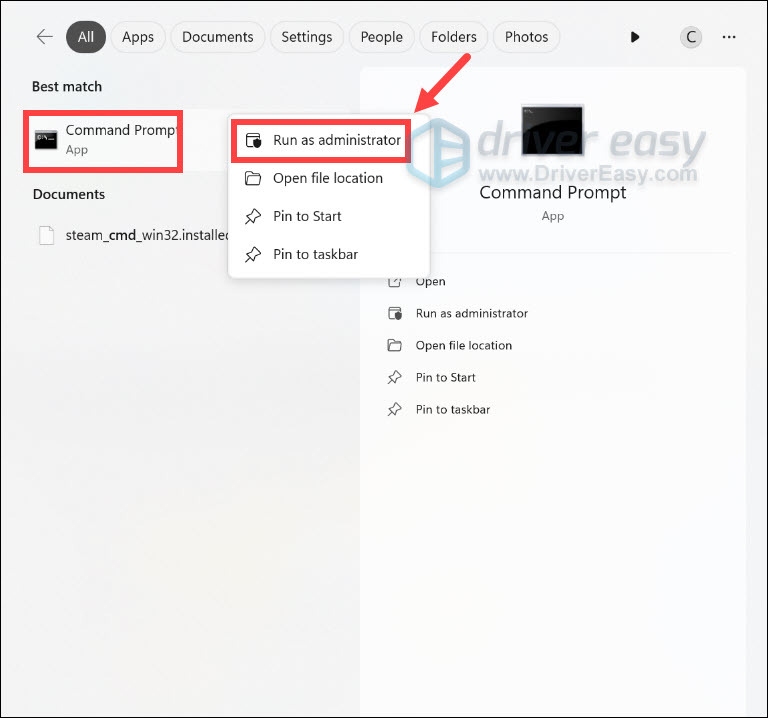
5) Type sfc /scannow and press the Enter key on your keyboard.
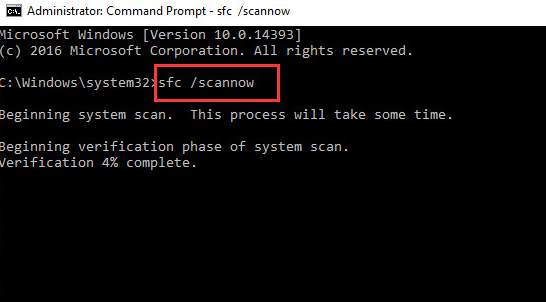
6) Check to see if the problem is resolved.
3: Update Intel Management Engine Interface (IMEI)
Note: Here is a post about IMEI if you want to know more about it.
Outdated or faulty installed IMEI drivers can also be the culprit. You can update the IMEI driver to fix this blue screen of death problem:
1) Go to the support website of Intel. Click the blue button to download.
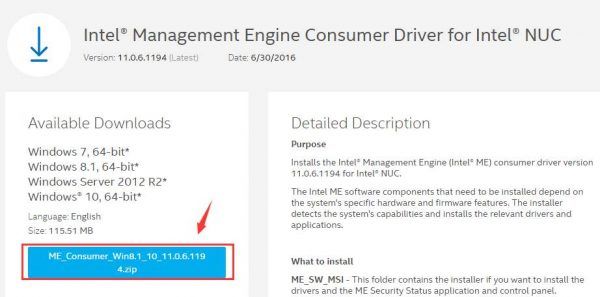
2) After the download, install as instructed.
3) After the installation, restart your computer for the new driver to take effect.
4: Update all drivers (especially the display driver)
This error can also be caused by an outdated, incorrect, or corrupt system driver. You should verify that all your devices have the right driver, and update those that don’t. If you don’t have the time, patience, or computer skills to update your drivers manually, you can do it automatically with Driver Easy.
Driver Easy will automatically recognize your system and find the correct drivers for it. You don’t need to know exactly what system your computer is running, you don’t need to be troubled by the wrong driver you would be downloading, and you don’t need to worry about making a mistake when installing. Driver Easy handles it all.
You can update your drivers automatically with either the 7 days free trial or the Pro version of Driver Easy. It takes just 2 clicks, and you get full support and a 30-day money-back guarantee with the Pro version:
- Download and install Driver Easy.
- Run Driver Easy and click the Scan Now button. Driver Easy will then scan your computer and detect any problem drivers.
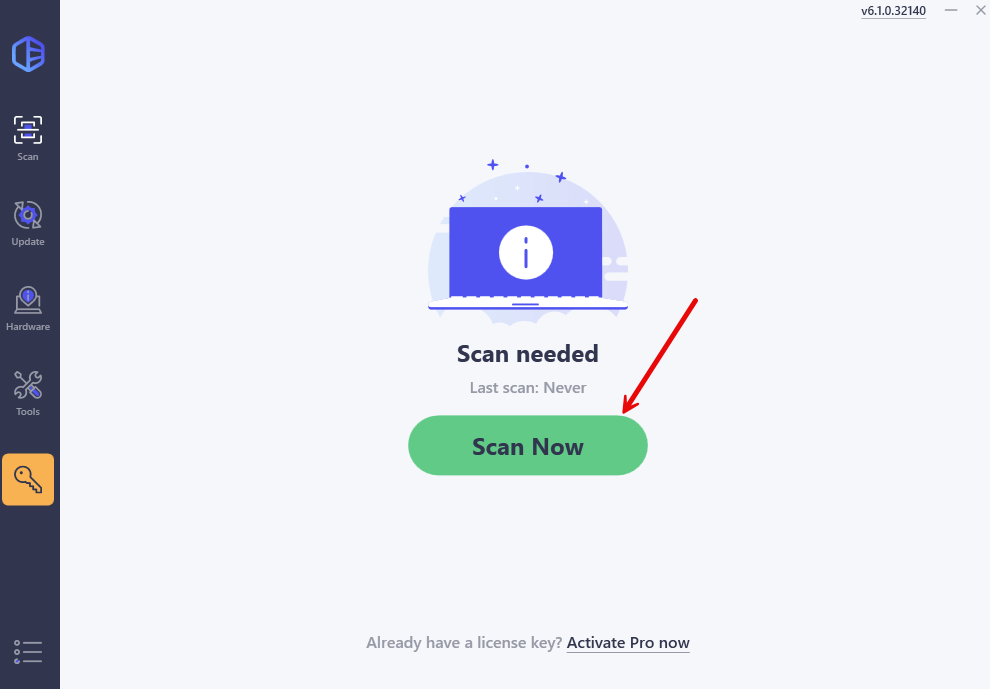
- Click the Activate & Update button next to the flagged device to automatically download and install the correct version of this driver.
Or click Update All to automatically download and install the correct version of all the drivers that are missing or out of date on your system (You’ll need the Pro version for this – when you select Update All, you’ll get a prompt to upgrade. If you’re not prepared to purchase the Pro version yet, Driver Easy provides a 7-day trial at no cost, granting access to all Pro features like fast downloads and easy installation. No charges will occur until after your 7-day trial period ends.)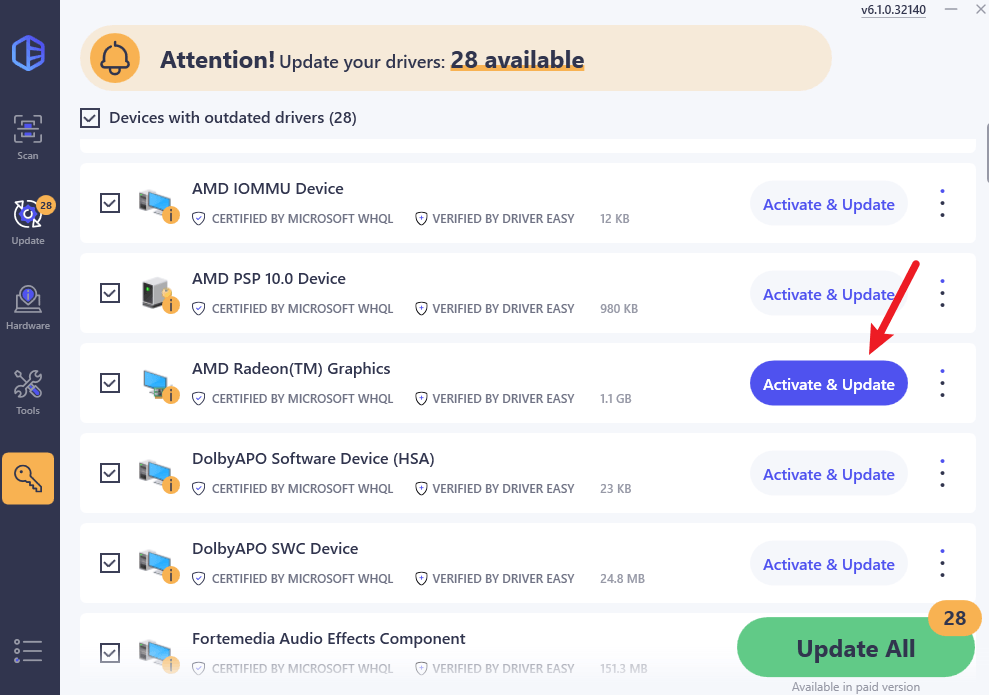
- Restart your computer for the change to take effect.
5: Reset or reinstall Windows
If all else fails, you may have to reset Windows, or maybe even reinstall it together. We all know reinstalling will delete all the data on your hard drive, you have to back up all your important files before doing it.
- On your taskbar, click the search icon and type reset. Click Reset this PC.
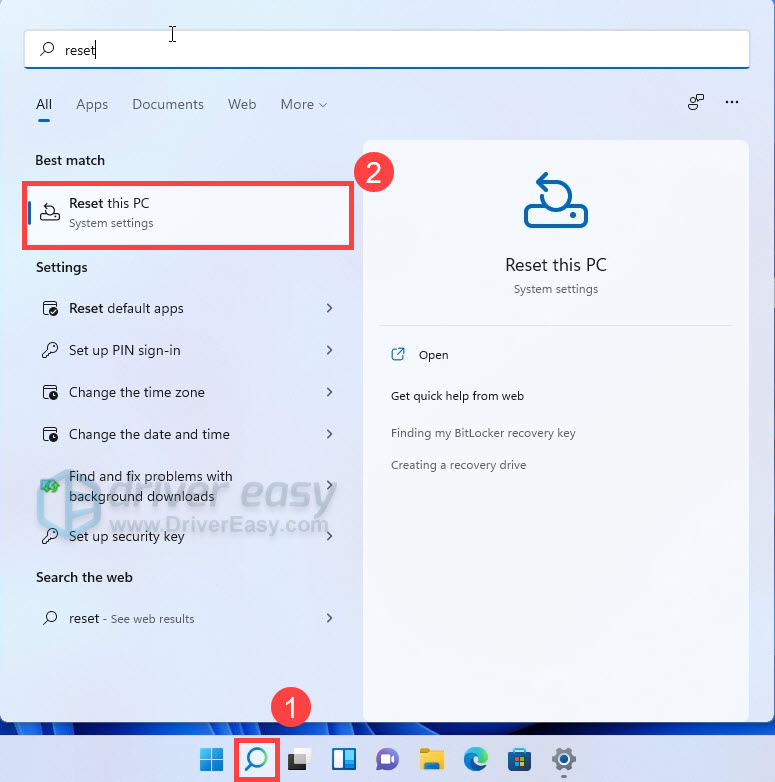
- Under Recovery options, click Reset PC.
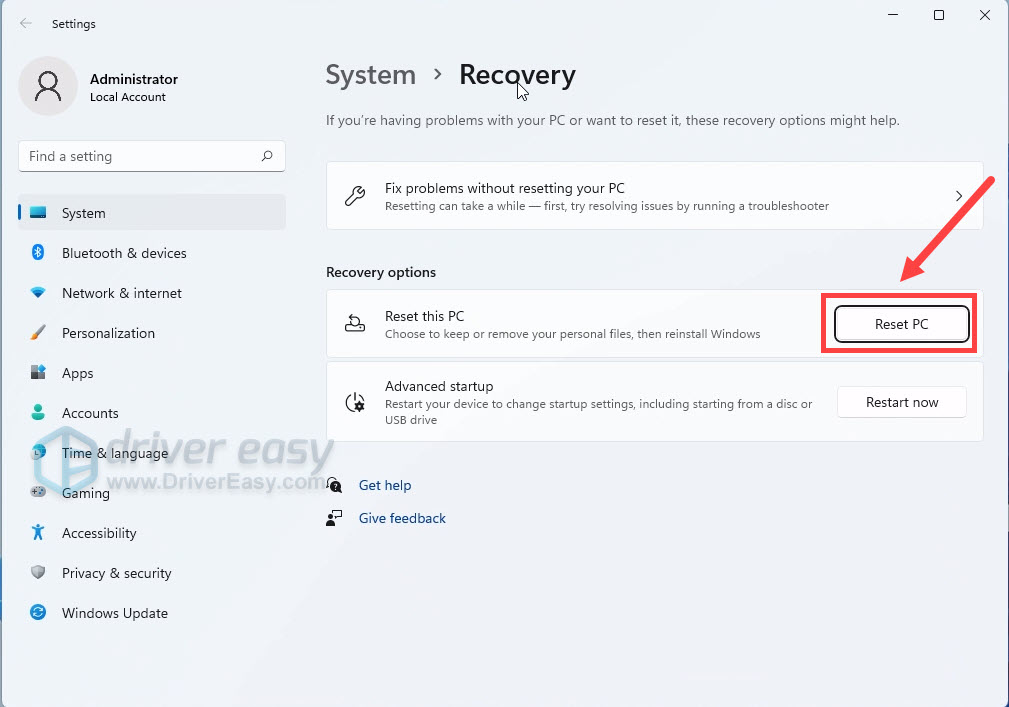
- In the pop-up window, select Remove everything.

- Click Cloud download. This will get you the latest system files.
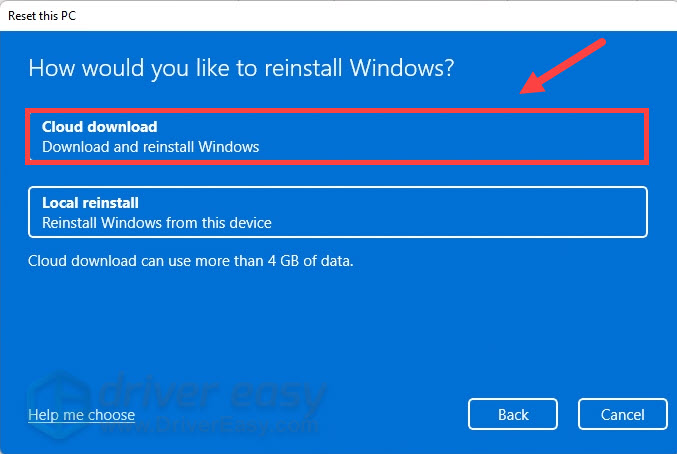
- Follow the on-screen instructions to reset your PC.
But treat these options as a last resort, because they both take quite a long time.





